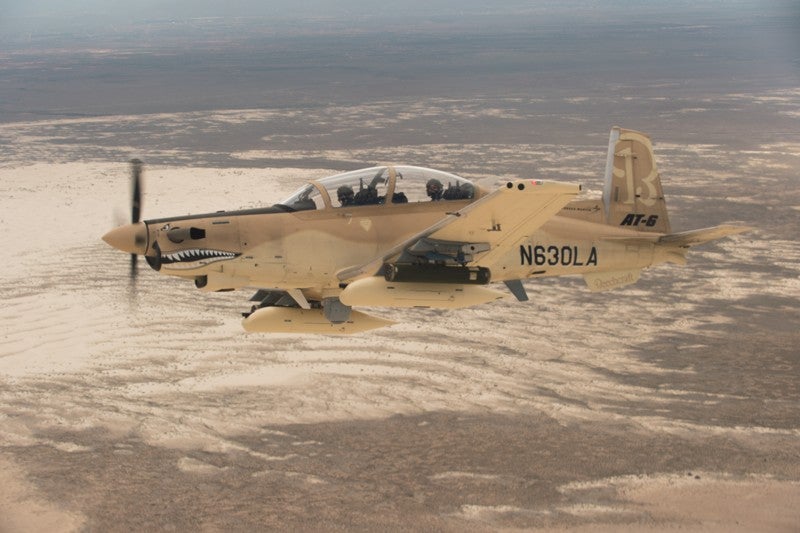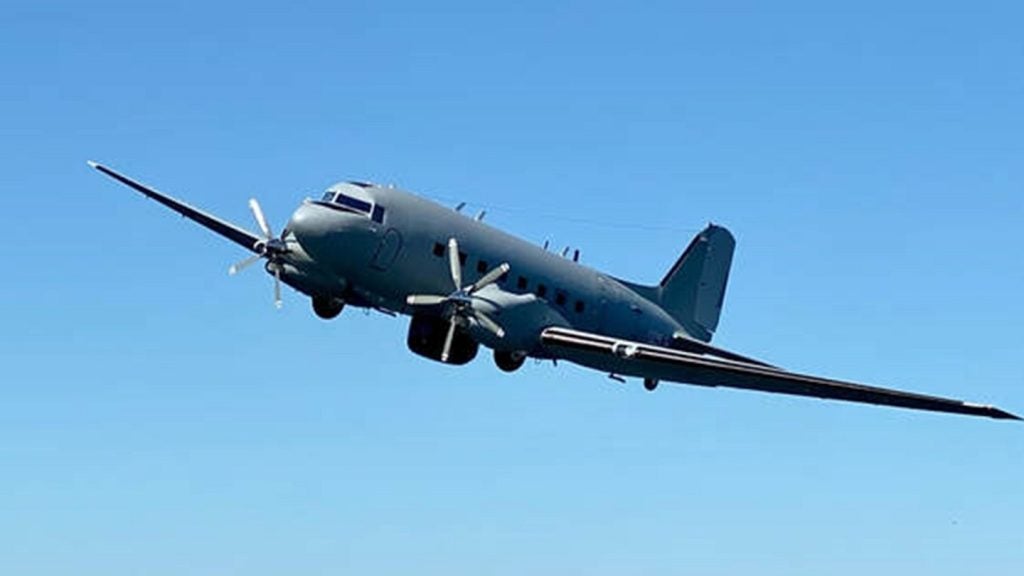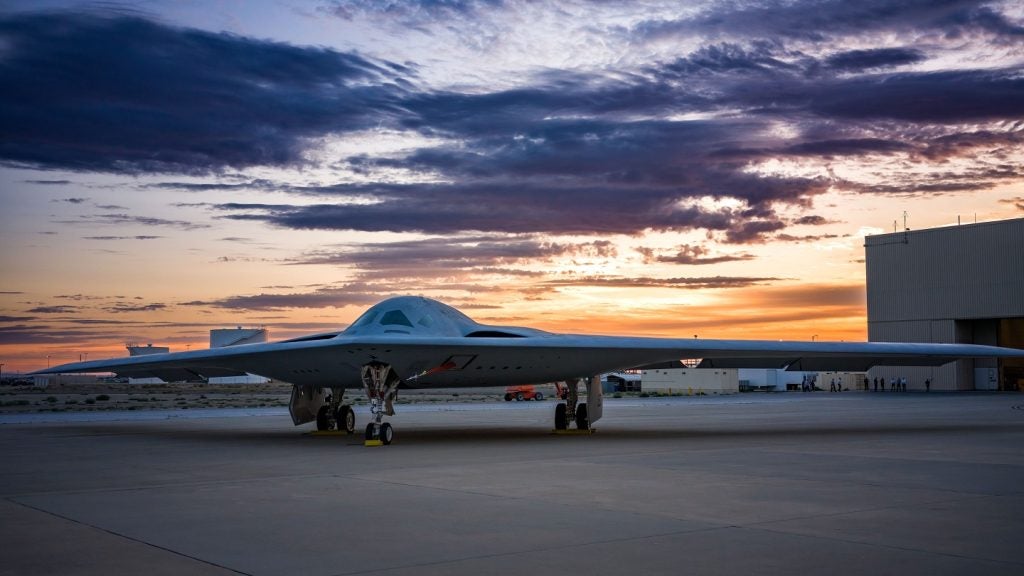
The US Air Force (USAF) is set to demonstrate a prototype combat system that can provide a real-time digital communications link for allied forces at the Bold Quest exercise in Finland.
A team at Hanscom Air Force Base is developing the prototype system that is expected to serve as a cost-effective solution to provide combat insight such as video, voice, chat, and command and control to partner nations.
Known as the Airborne Extensible Relay Over-Horizon Network (AERONet), the system is capable of providing friendly forces with their own location, the location of other friendly forces, as well as real-time information on enemy movement.
Conceived by USAF chief of staff general David Goldfein, AERONet is a modified variant of systems already in use with law enforcement agencies to perform border patrolling duties and to track and combat smugglers.
The system was refined by the US Air Force Research Lab and will be made available by the Command, Control, Communications, Intelligence and Networks Program (C3I&N) executive office at Hanscom AFB.
C3I&N Quick Reaction Capability Branch AERONet programme manager major Scott Frye said: “Bold Quest is the first time we will be able to show our target partner nation audience what AERONet can do for them.
How well do you really know your competitors?
Access the most comprehensive Company Profiles on the market, powered by GlobalData. Save hours of research. Gain competitive edge.

Thank you!
Your download email will arrive shortly
Not ready to buy yet? Download a free sample
We are confident about the unique quality of our Company Profiles. However, we want you to make the most beneficial decision for your business, so we offer a free sample that you can download by submitting the below form
By GlobalData“We already have interest from several countries, so we think there’s a large demand out there for a system that creates a combat network and makes intelligence gathering and close-air support more effective.”
The project is intended to provide turnkey combat networks to partner nations that are not signatories of arms export agreements to facilitate this kind of data link information.
The team was mandated to develop a system that would make off-the-shelf technology available to countries that require the necessary equipment to fight extremists. The service believes AERONet can offer an inexpensive solution for these countries.
“Imagine you’re a country, or a military, with a problem combating violent extremists who hide in remote regions,” said C3I&N Quick Reaction Capability Branch lead lieutenant colonel Jung Ha.
“The advantage you have is your training and your technology. AERONet implementation can provide non- Link 16-enabled U.S. and partner nations’ warfighters the requisite data to enhance battlespace intelligence superiority by providing near-real-time situational awareness, thereby increasing their own force’s combat lethality while reducing the probability of fratricide incidents.”
The AERONet communications link for allied forces has three nodes, namely the airborne node, the ground node, and a reach-back command and control tactical operations centre.
The airborne node was designed so that it can be easily integrated into fixed wing aircraft such as the Beechcraft AT-6B Wolverine, military helicopters and unmanned aircraft platforms from multiple partner nations.




